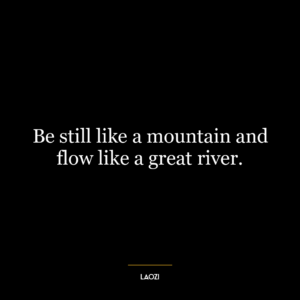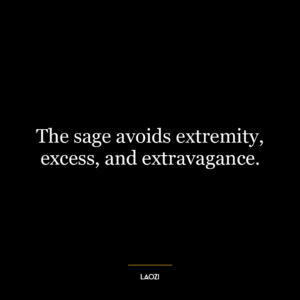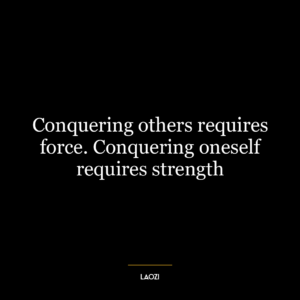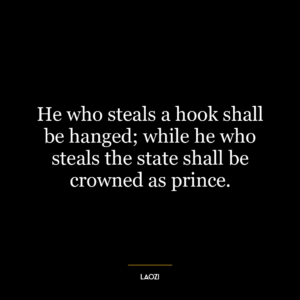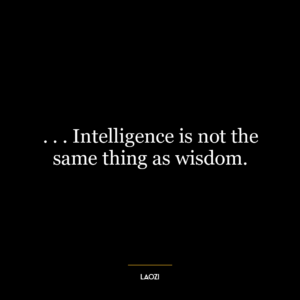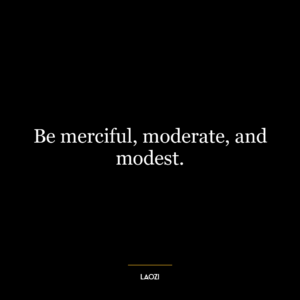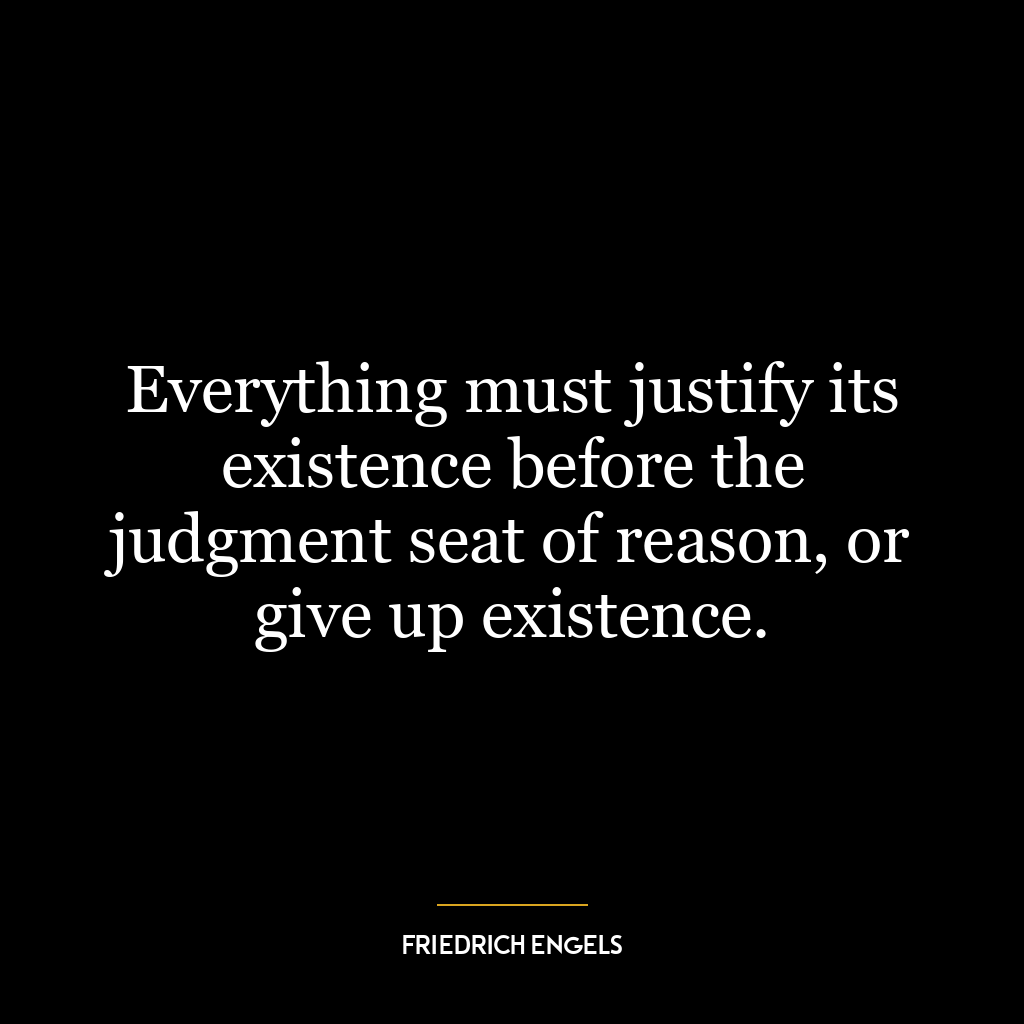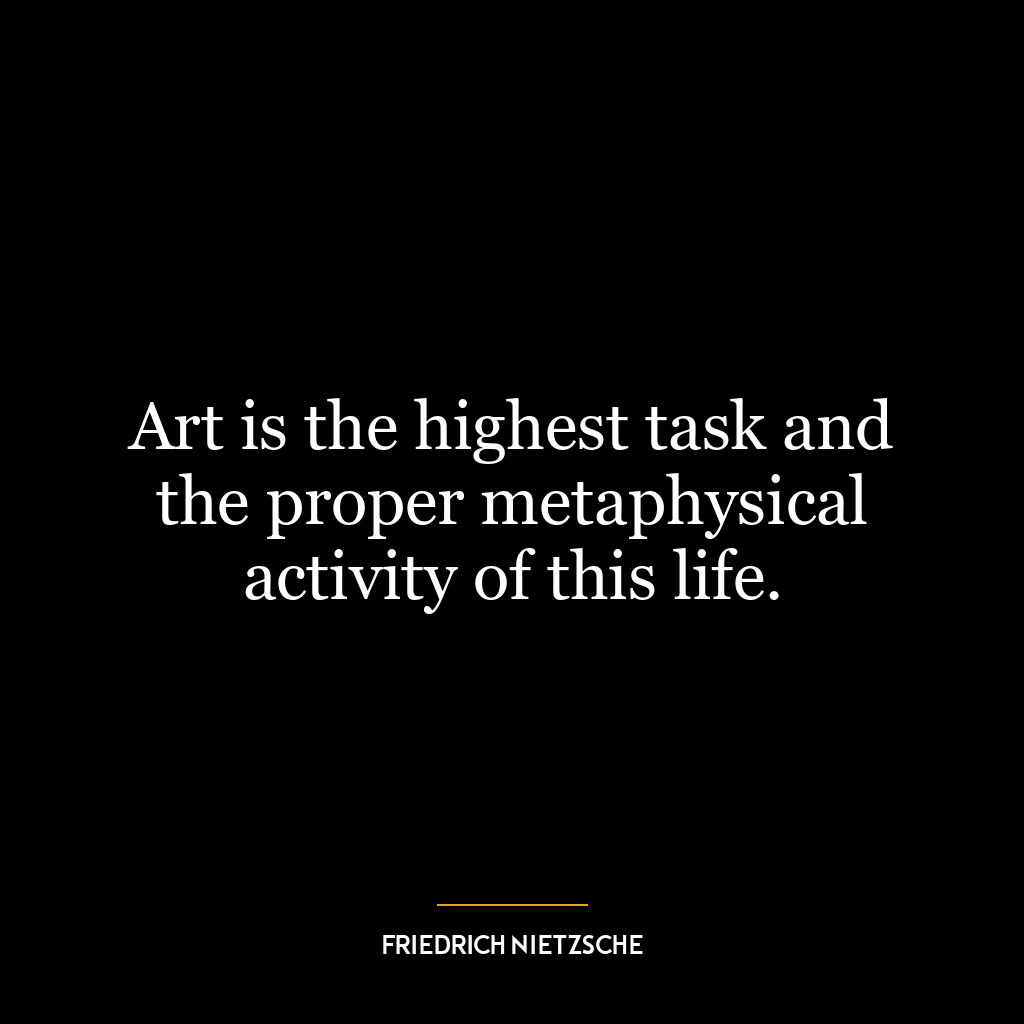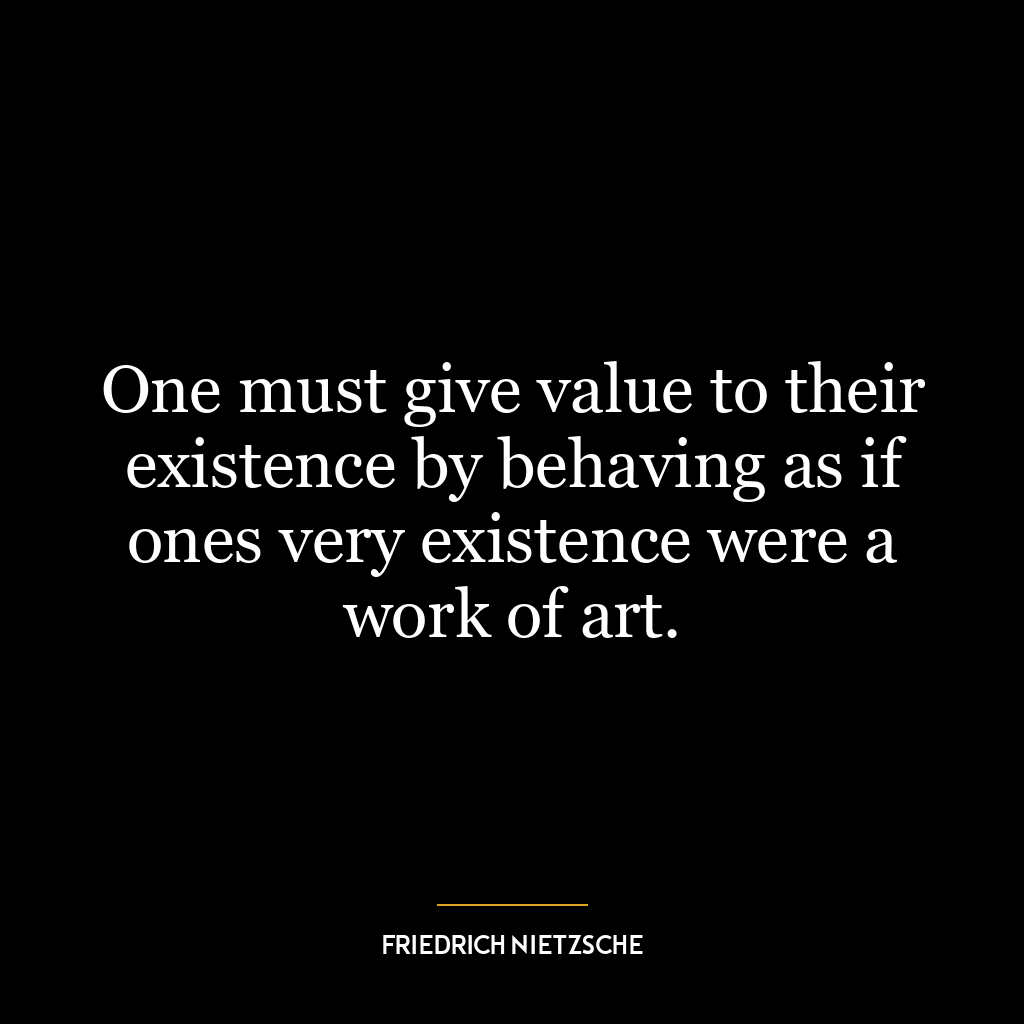Since before time and space were, the Tao is. It is beyond is and is not.
This quote is a profound reflection on the concept of the Tao, a fundamental idea in Chinese philosophy. The Tao, often translated as ‘the way’ or ‘the path’, is seen as an inherent quality of the universe that transcends time and space. When Laozi says, “the Tao is”, he is referring to its eternal, unchanging nature. It exists beyond our human concepts of existence (‘is’) and non-existence (‘is not’).
The second part of the quote, “It is beyond is and is not”, emphasizes the Tao’s transcendent nature. It suggests that the Tao exists beyond our conventional understanding of reality. It is not bound by the dualistic thinking of existence and non-existence, but rather, it transcends and encompasses both.
Applying this idea to today’s world or personal development, one could interpret it as a call to step beyond the dualities and polarities that often define our experiences and perceptions. In a world often driven by binary oppositions—right and wrong, good and bad, success and failure—embracing the concept of the Tao encourages us to transcend these limiting perspectives.
In personal development, this might mean cultivating an ability to see beyond the apparent contradictions in life. For example, understanding that failure can be a stepping stone to success, or that vulnerability can coexist with strength. By recognizing and accepting the complexities and paradoxes of life, we can move closer to a state of harmony and balance, which is the essence of the Tao.
Furthermore, acknowledging that the Tao “is beyond is and is not” may inspire us to adopt a more open and flexible mindset. This could involve letting go of rigid beliefs or preconceived notions, and being open to new experiences and perspectives. In this way, the wisdom of Laozi’s words can guide us towards greater personal growth and understanding.




